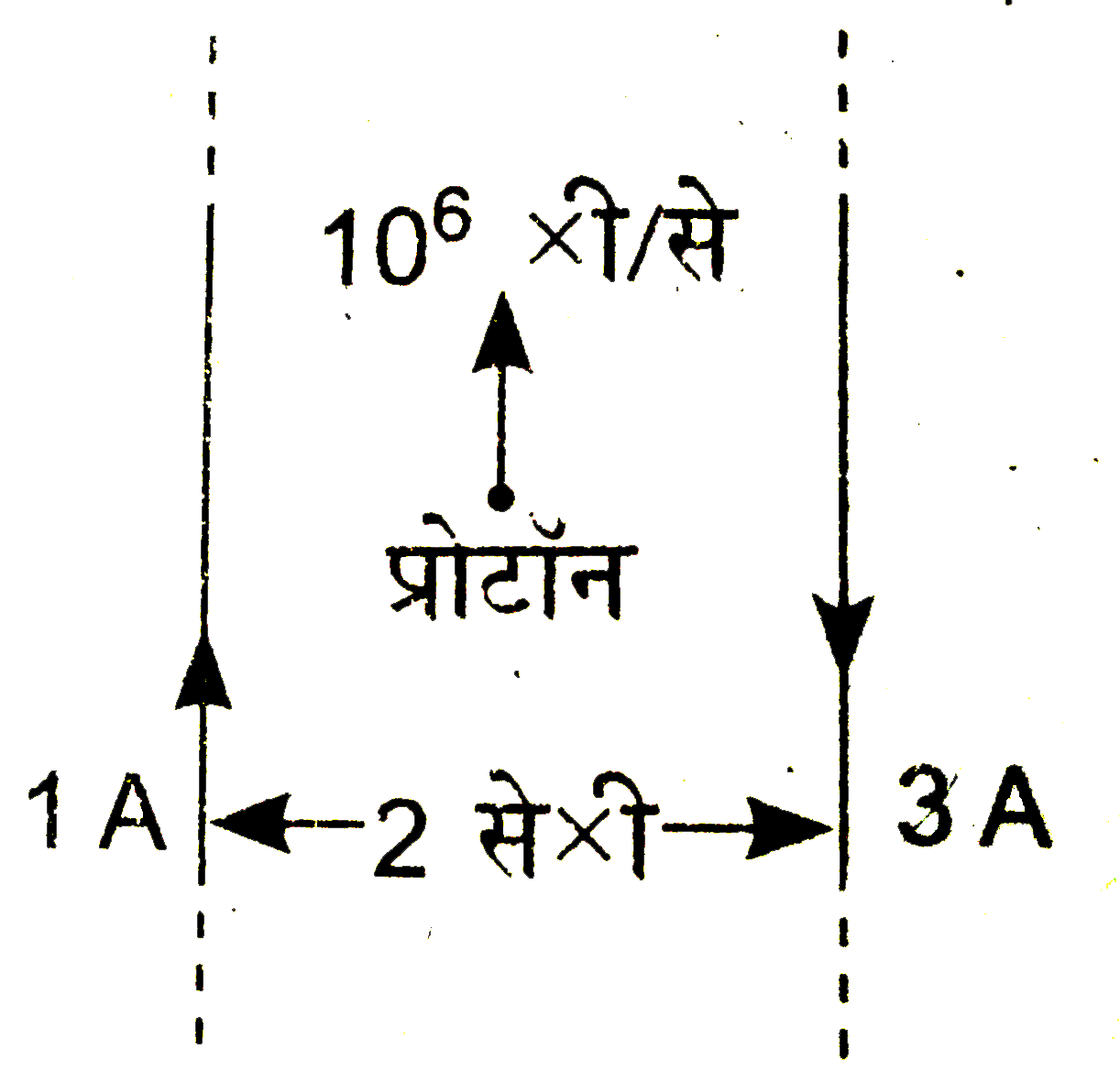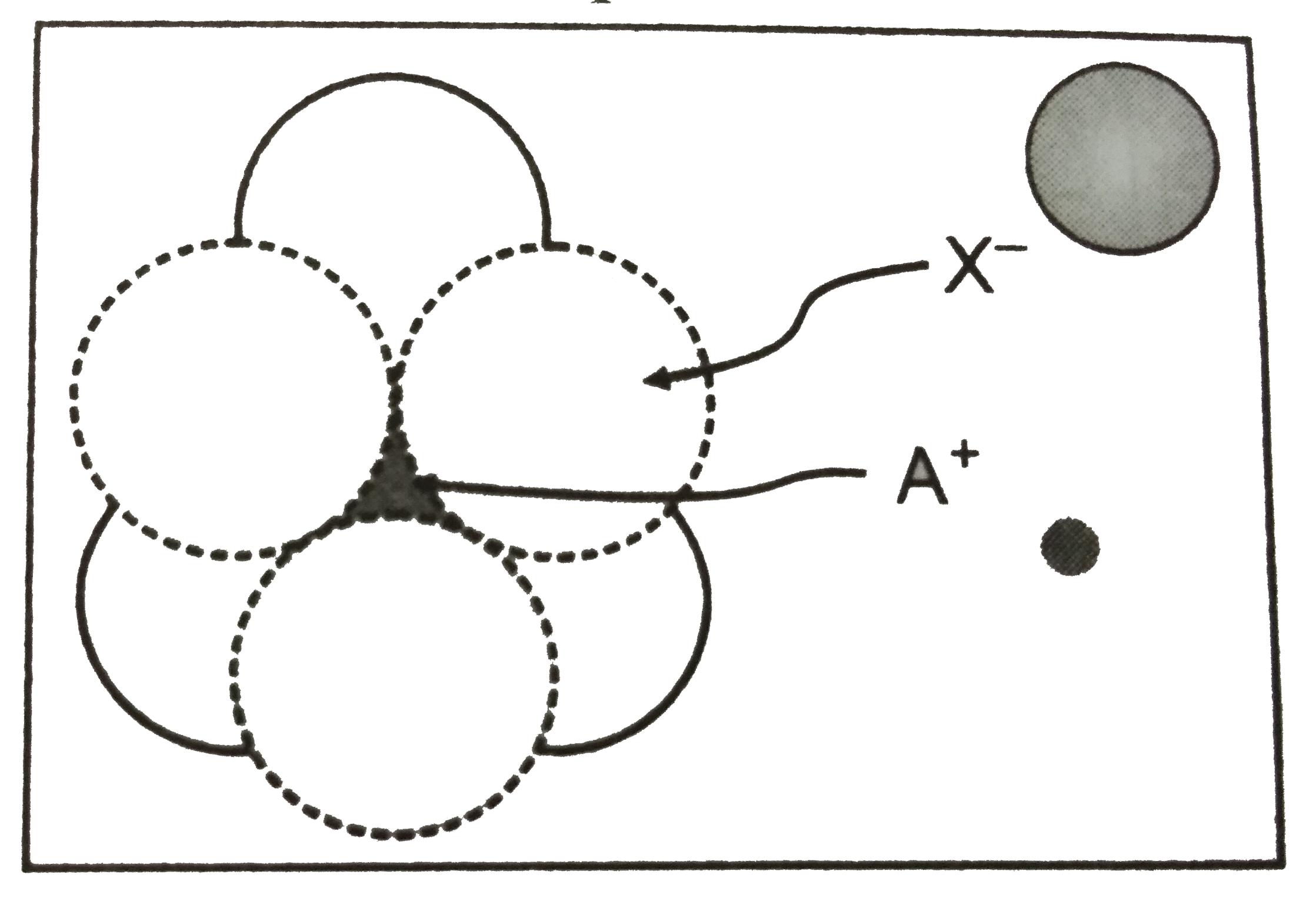People have long circulated news via word-of-mouth, and as language evolved into writing and literacy - and governments played larger roles in people's lives - sharing information became a necessity. However, disseminating news and information on paper presented significant challenges. When each copy had to be handwritten, mass distribution was impossible. The invention of the printing press paved the way for "true" newspapers The first true newspapers arrived after Johannes Gutenberg introduced his movable type printing press to the European world around 1440. Though printing presses with movable type had existed in eastern Asia for around two centuries, they never made it to Europe, furthermore, Gutenberg's version made it significantly faster to mass produce documents.
By 1500, the printing press had made its way throughout Europe, and news sheets (or news books) were mass-distributed. The first weekly newspaper was published in Germany by Johann Carolus in 1604. Called Relation aller Fiirnemmen und gedenckwiirdigen Historien, the publication satisfied the four tenets of a "true" newspaper: Accessibility by the public. Published at a regular interval (daily, weekly, monthly, etc.). Information is current. Covers a variety of topics (politics, events, entertainment, sports, etc.) Despite meeting the requirements for a newspaper, there is some debate as to whether The Relation qualifies as the world's first newspaper since it was printed in quarto, not folio, size. It's worth noting the World Association of Newspapers considers The Relation the first true newspaper. Other German newspapers followed, and in 1618 the world's first broadsheet newspaper printed in folio size was published in Amsterdam, called Courante uyt Italien, Duytslandt, &c. The newspaper format soon spread throughout Europe, with newspapers published in Spain, France, and Sweden. The first English newspaper was published in 1665 in Oxford, England. Known as the Oxford Gazette, the newspaper moved to London in 1666 and was renamed the London Gazette. It's still being published today.
Which among the following is MOST SIMILAR in meaning to the word 'Accessibility'?
mental stability
incurability
approachability
preponderance
The correct Answer is:c
Accessibility - the quality of being able to be reached or entered
Topper's Solved these Questions
- BOOK - IBPS & SBI PREVIOUS YEAR PAPERCHAPTER - PRACTICE SETEXERCISE - PRACTICE SET 335videos
PRACTICE SET
- BOOK - IBPS & SBI PREVIOUS YEAR PAPERCHAPTER - PASSAGE COMPLETIONEXERCISE - QUESTION45videos
PASSAGE COMPLETION
- BOOK - IBPS & SBI PREVIOUS YEAR PAPERCHAPTER - READING COMPREHENSIONEXERCISE - MCQs837videos
READING COMPREHENSION
Similar Questions
The function of business is to increase the wealth of the country and the value and happiness of life. It does this by supplying the material needs of men and women. When the nation's business is successfully carried on, it renders public service of the highest value.
The passage - 1 best supports the statement that05:46View SolutionWhich of the phrases (a), (b), (c) and (d) given below each statement should be placed in the blank space provided so as to make a meaningful and grammatically correct sentence? If none of the senteces is appropriate, mark (e) i.e.., 'None of the above' as the answer.
Refuting the rationale behind frequent agitations for formation of separate states, a recent report.....06:53View SolutionOnce upne a time there lived a queen in the city of Benaras. Her name was Khema and she was the wife of King Bahuputtaka. One right, the queen had a dream of a beautiful golden goose that spoke with great wisdom, almost as if he was a sage. She told her husbend that she desperately wanted to see a bird just like the one in her dream. So the king asked his ministers to find out all that they could about a bird such as this. He was told that such a bird did exist but was extramely rare and difficult to find. They advised him to build a beautiful lake on the outskirts of Benaras so that he may attract such rare and lovely creatures to reside ther. In this way the queen might have her wish.
Towards the north, on Mount Cittakuta, there lived about ninety thousand wild geese headed by beautiful golden goose called king Dhatarattha. He got to hear of this exquisite lake surrounded by water lilies and lotuses floating on the surface. The king had invited all the birds to come and live on, it promising that none 'of them would eber be harmed. Corn was scttered on a daily basis in order to attract the bird. So a couple of geese went up to their king, the golden goose and told him that they were quite tired of liveing up on the mountains and would like to see this wonderful lake where they had been promised food and protection. The king agreed to their request and took the flock down south, towards Benaras. Mean whille, at the lake king Bahuputtaka had placed hunters aoll around in order to capture any golden goose that happened to pass by, So the next morning when the headhunter saw this flock of geese approaching he was very excited to see their golden leader. He immediately went about setting up a snare amongst the water lilies and lotuses, as he knew that the leader would definitely be the first to alight.
The whole flock came flying down in one mighty swoop and as expected it was the king's foot that touched the water first. He was ensnared and could' not escape. Seeing this, the other geese flew into a panic. But none had the courage to try to free their king and so flew back to Mount Cittacutta for safety. All except one. He was the chief captain, Sumukha. King Dhatarattha entreated him to fly to safety too, as he wounld surely be captured if he stayed by his side. But Sumukha replied that he would never desert his master in the face of danger and would either try or save him or die by his side.
At this point the hunter approached and as Sumukha saw him he decided to appeal to his compassion. The hunter asked the golden goose replied that when one's time was up was no use to sturggle against what was fated and one must just accept it. The huntsman was very impressed with his grace and whidom. He then turned to Sumukha and asked why he had had hot fled with the other birds even though he was free to do so. Sumukha answered that the golden goose was his king, best freiend and master and that he could never desert him even at the cost of his own life. Hearing this, the hunter realised that these were a couple ohare birds of great nobility. He did not much care for his own kings reward and decided to do the right thing and set them free. He told Sumukha. that as he was ready to die for his King he would set them both free to fly wherever they wish.
Why were the geese keen on visiting the lake in Benaras ?03:54View Solutionजैव-विकास का क्या अर्थ है? इसकी पुष्टि अवशेषी अंगो तथा भौगोलिक वितरण से प्राप्त परमानो के आधार पर कीजिए!
04:15View Solutionप्रदत्त चित्र में दो लम्बे समान्तर धारावाही चालकों में 1 ऐम्पियर तथा 3 ऐम्पियर की धाराएँ एक-दूसरे के विपरीत दिशाओं में प्रवाहित हो रही है। तारों के बीच 2 सेमी की दूरी है। तारों के बीच ठीक मध्य-बिन्दु पर 106 मी/से की चाल से गतिमान प्रोटॉन पर कार्य करने वाले बल का मान तथा दिशा ज्ञात कीजिए।
 05:00View Solution
05:00View Solutionरेलवे के आधे टिकट का मूल्य पूरे किराये का आधा तथा आरक्षण व्यय पूरे टिकट के समान है। मुम्बई से अहमदाबाद एक आरक्षित टिकट का मूल्य 216 तथा एक पूरे तथा एक आधे टिकट के आरक्षण का कुल मूल्य 327 है। प्रथम श्रेणी टिकट का आधार मूल्य तथा आरक्षण व्यय ज्ञात कीजिए।
03:01View Solutionएक राजमार्ग पर दो बिन्दु A और B एक दूसरे से 90 किमी की दूरी पर है। एक कार A से तथा दूसरी कार B से एक साथ चलती हैं। यदि वे एक दिशा में चलती हैं, तो वे 9 घण्टे बाद मिलती हैं और वे विपरीत दिशा में चलती हैं, तो 97 घण्टे बाद मिलती है। उनकी चाल ज्ञात कीजिए।
06:16View Solutionएक स्कूटर का पहले 1 किमी का निश्चित किराया है तथा इसके बाद के प्रत्येक किमी के लिये कुछ कम किराया हैं। यदि एक दिन आलिया 5 किमी के ₹24 तथा किसी अन्य दिन के लिये 8 किमी के ₹35.40 का भुगतान करती है तो पहले क्रिमी तया इसके बाद के प्रत्येक किमी का किराया ज्ञात कीजिए।
04:08View Solutionसमस्याओ में रेखिक समीकरणों के युग्म बनाइए और उनके हल (यदि उनका अस्तित्व हो ) विलोपन विधि से ज्ञात कीजिए :
किराए पर पुस्तके देने वाले किसी पुस्तकालय का प्रथम तीन दिनों का एक नियम किराया है तथा उसके बाद प्रत्येक अतिरिक्त दिन का अलग किराया है । सरिता ने सात दिनों तक एक पुस्तक रखने के लिए 27 अदा किए जबकि सुसी ने एक पुस्तक पाँच दिनों तक रखने के 21 ऐडा किए । नियत किराया तथा प्रत्येक अतिरिक्त दिन का किराया ज्ञात कीजिए ।02:07View Solutionसमस्याओ में रैखिक समीकरणो के युग्म बनाइए और अनके हल ( यदि उनका अस्तित्व हो ) किसी बीजगणितीय विधि से ज्ञात कीजिए :
यश ने एक टेस्ट में 40 अंक अर्जिक किये, जब उसे प्रत्येक सही उत्तर पर 3 अंक मिले तथा अशुध्द उत्तर पर 1 अंक की कटौती की गई । यदि उसे सही उत्तर पर 4 अंक मिलते तथा अशुध्द उत्तर पर 2 अंक कटते , तो यश 50 अंक अर्जिक करता । टेस्ट में किनते प्रश्न थे ?01:32View Solutionमैने 5 पेन , 7 पेंसिल और 4 रबड़ खरीदे । शालू ने 6 पेन , 8 रबड़ और 14 पेंसिल खरीदी जिसके लिये उसने , जो मैने भुगतान किया था , उससे आधा अधिक भुगतान किया । मैने पेन पर कुल का किनते % भुगतान किया ?
03:55View Solutionयदि रेखिक समीकरणों का कोई युग्म सगत है ,तो इसके आलेख की रेखाए होगी :
03:17View SolutionNa तथा Mg क्रमश: bcc तथा fcc के रूप में क्रिस्ट्लित होते हैं तब Na तथा Mg की उनकी इकाई सेलो में परमाणुओं की संख्या क्रमश: होगी :
04:52View Solutionप्रयोग के आधार पर एक धातु ऑक्साइड का सूत्र M0.98O पाया गया । यदि धातु M इस ऑक्साइड में M2+ और M3+ के रूप में विघमान हो तो धातु का जो प्रभाज M3+ के रूप में होगा, वह है :
06:17View Solutionठोस AX में A+ आयन के चारो और X− आयन की व्यवस्था है, जैसा की चित्र में दर्शाया गया है (सही माप सूचक नहीं है) । यदि X− आयन की त्रिज्या 250 pm हो तो A+ आयन की त्रिज्या है :
 04:27View Solution
04:27View Solutionमाना एक Ag परमाणु का द्रव्यमान m है । Ag धातु fcc जालक में 'a' इकाई सेल की लम्बाई के साथ क्रिस्टलीकृत होती है । a तथा m के पदों में Ag धातु का घनत्व होगा :
02:06View Solution

